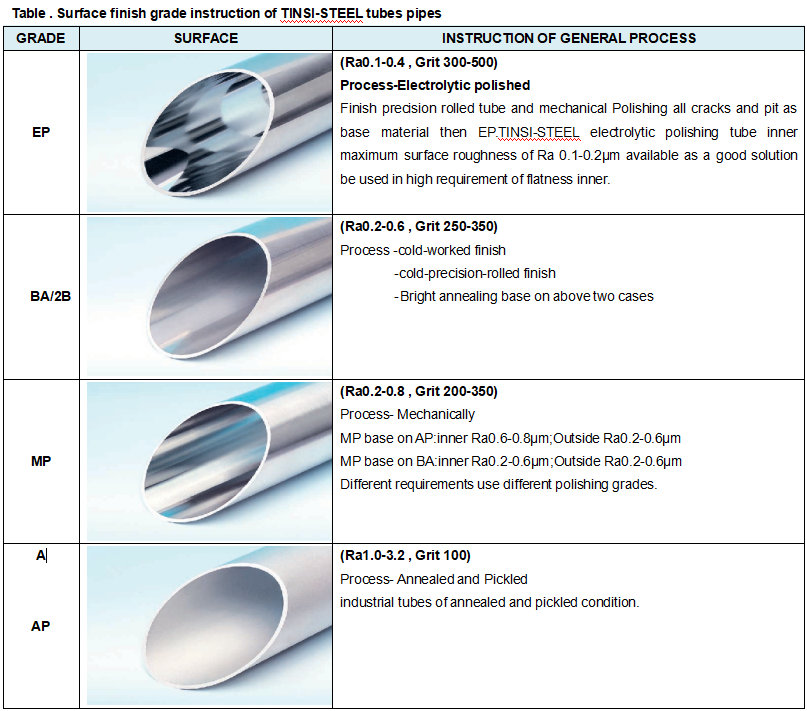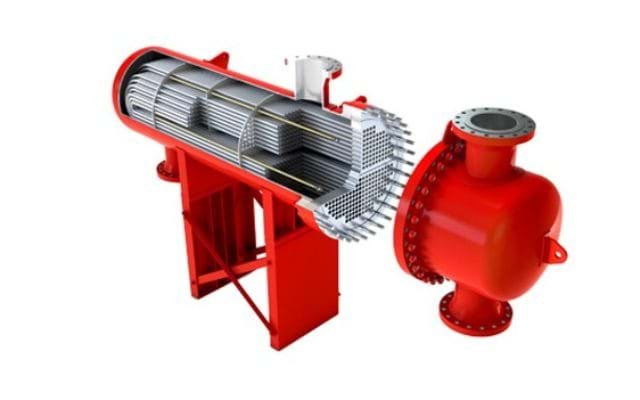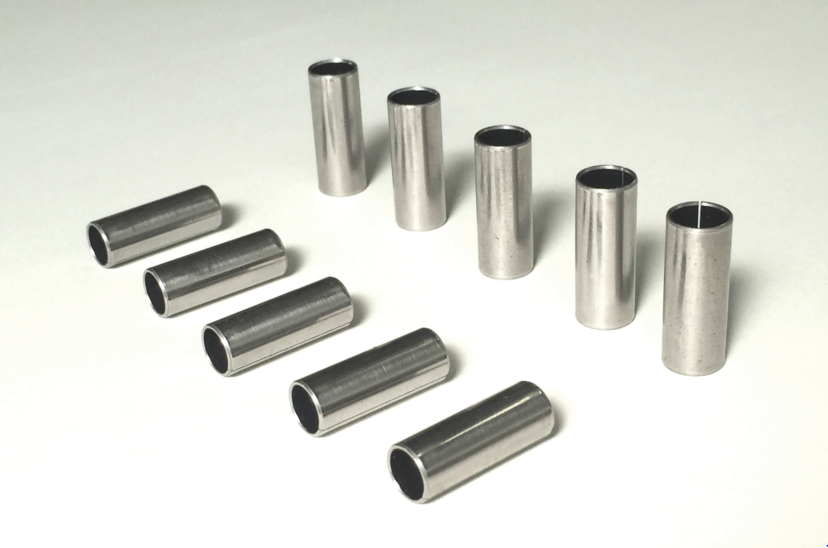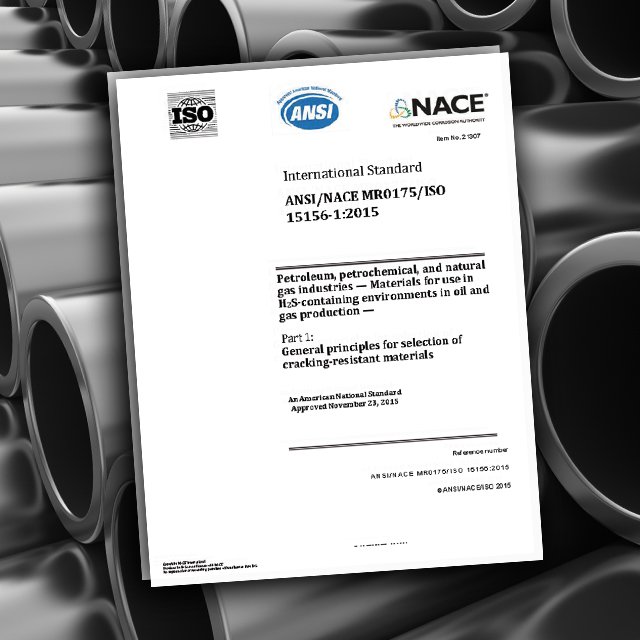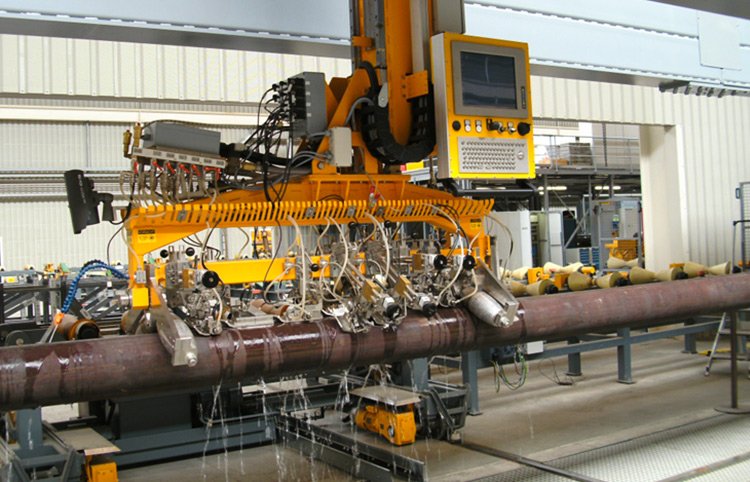Meta Description:
Discover the most common defects in stainless steel tubes, such as pitting, cracking, and weld flaws. Learn what causes them and how DLSS prevents them through rigorous quality control.
Introduction
Stainless steel tubes are used in critical applications across industries—from heat exchangers and boilers to instrumentation and food processing. But even high-grade stainless steel can experience defects during production or use, which may compromise performance, safety, or compliance.
This article outlines the most common stainless steel tube defects, their causes, and how to prevent them through proper manufacturing, inspection, and handling.
1. Surface Defects
A. Pitting Corrosion
Cause: Chloride attack, poor passivation, improper surface finish
Prevention:
- Use molybdenum-bearing grades (e.g., 316L, 904L, Duplex 2205)
- Apply passivation and electropolishing
- Follow ASTM A380 cleaning standards
- Reference: NACE International – Pitting Prevention
B. Scratches and Dents
Cause: Mishandling during production, transport, or installation
Prevention:
- Protective wrapping and tube separators
- Clean work surfaces, gloves during handling
- Smooth rollers and guides during drawing
C. Pickling Stains or Burn Marks
Cause: Improper acid pickling or heat tint from welding
Prevention:
- Use controlled acid concentrations and rinse cycles
- Apply pickling + passivation per ASTM A967
2. Dimensional Defects
A. Ovality / Out-of-Roundness
Cause: Improper tooling, excessive tension in cold drawing
Prevention:
- Precision mandrel/die setup
- Tight tolerance monitoring with laser gauges
- Conformance to ASTM A269 / EN 10216-5 tolerance charts
B. Wall Thickness Variation
Cause: Uneven extrusion or drawing
Prevention:
- Ultrasonic wall thickness checks
- Regular calibration of rolling and drawing equipment
- Quality control records for each production batch
3. Internal Defects
A. Longitudinal Cracks
Cause: Excessive strain during drawing or improper annealing
Prevention:
- Optimize cold work to annealing cycle
- Use stress-relieving heat treatments
- Ultrasonic or eddy current testing
B. Laminations
Cause: Inclusions or segregation in raw billet
Prevention:
- Ultrasonic testing before piercing
- High-quality billet sourcing (with 3.1 / 3.2 certification)
- Verify steel cleanliness (K-value, inclusion content)
4. Weld-Related Defects (for Welded Tubes)
A. Incomplete Fusion / Lack of Penetration
Cause: Poor TIG/MIG parameters or misalignment
Prevention:
- Laser or orbital TIG welding with automated control
- X-ray / ultrasonic weld seam inspection
- Conformance to ASTM A269 and ISO 10893-2
B. Weld Bead Irregularities
Cause: Contaminated filler metal or surface
Prevention:
- Purge with argon gas
- Use pickling and passivation after welding
- Visual + dye penetrant inspection (PT)
5. Testing & Prevention at DLSS
DLSS ensures zero-defect delivery through:
- 100% Hydrostatic pressure testing
- Eddy current / ultrasonic NDT per ASTM E213 / ISO 10893
- PMI (Positive Material Identification)
- Surface Ra measurement for EP and BA tubes
- Third-party 3.2 inspection upon request
- MTC with heat traceability and mechanical test results
All processes are executed under ISO 9001 and traceable with full QA records.
FAQs
Q1: How does DLSS detect internal defects?
Through ultrasonic and eddy current testing using EN/ASTM-calibrated probes for small and large-diameter tubes.
Q2: Can cosmetic surface flaws be accepted?
Not for critical applications. DLSS adheres to ASTM A1016 and client-specific visual inspection criteria.
Q3: What is the typical tolerance on OD and WT for DLSS tubes?
DLSS complies with ±0.05 mm OD and ±10% WT, unless tighter tolerance is specified.
Q4: How are tubes packaged to avoid damage in transit?
Each tube bundle is film-wrapped, stacked with separators, and packed in strong seaworthy plywood cases or steel frames.
Conclusion
Understanding and preventing stainless steel tube defects is key to ensuring product performance, longevity, and safety. At DLSS, we combine high-quality raw materials, rigorous testing, and precision manufacturing to eliminate defects and deliver confidence with every shipment.
Contact DLSS
Email: info@dlsspipe.com
Website: www.dlsspipeline.com
Have questions about tube quality or need a custom test protocol? Our QA engineers are here to help.


